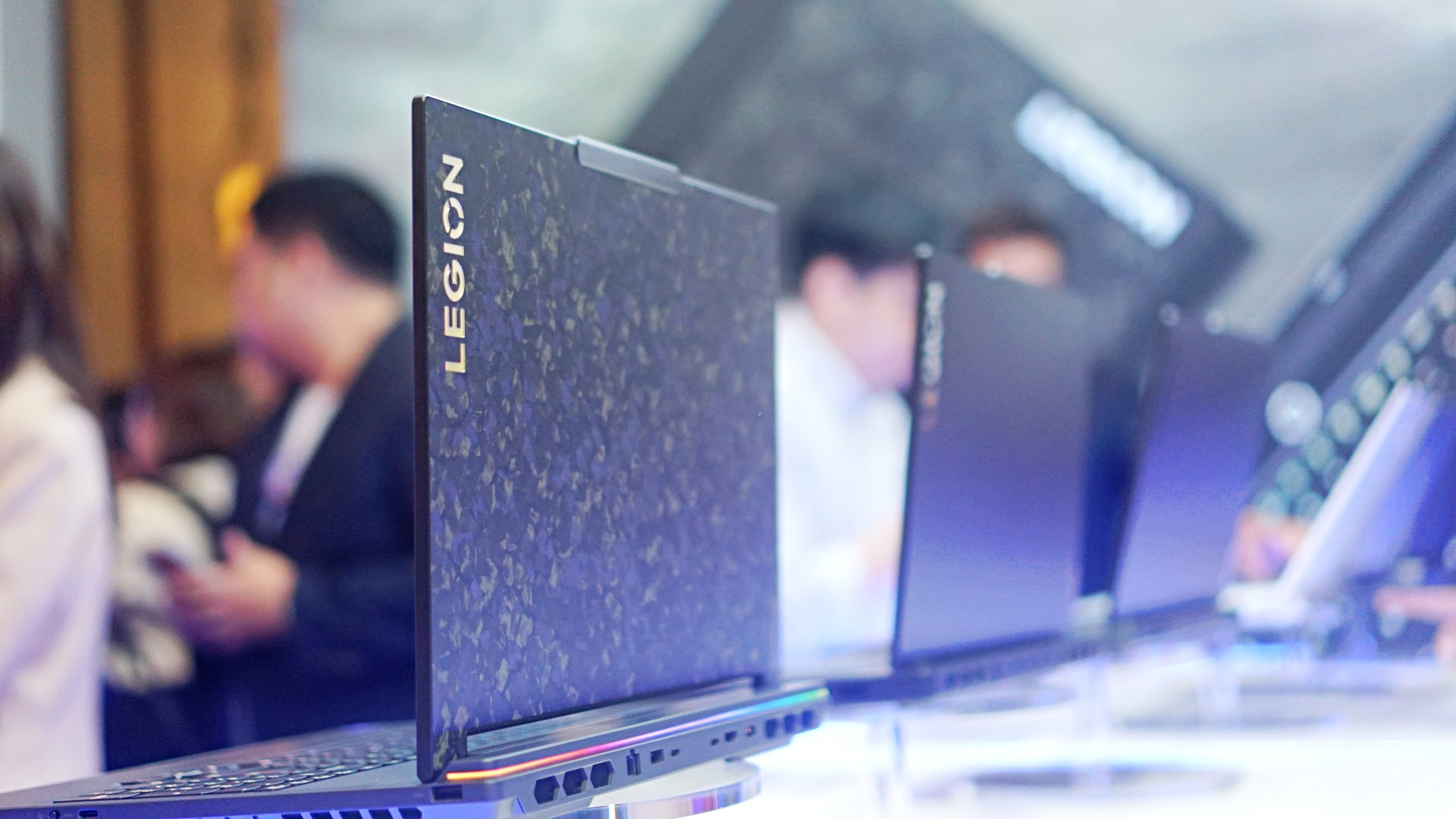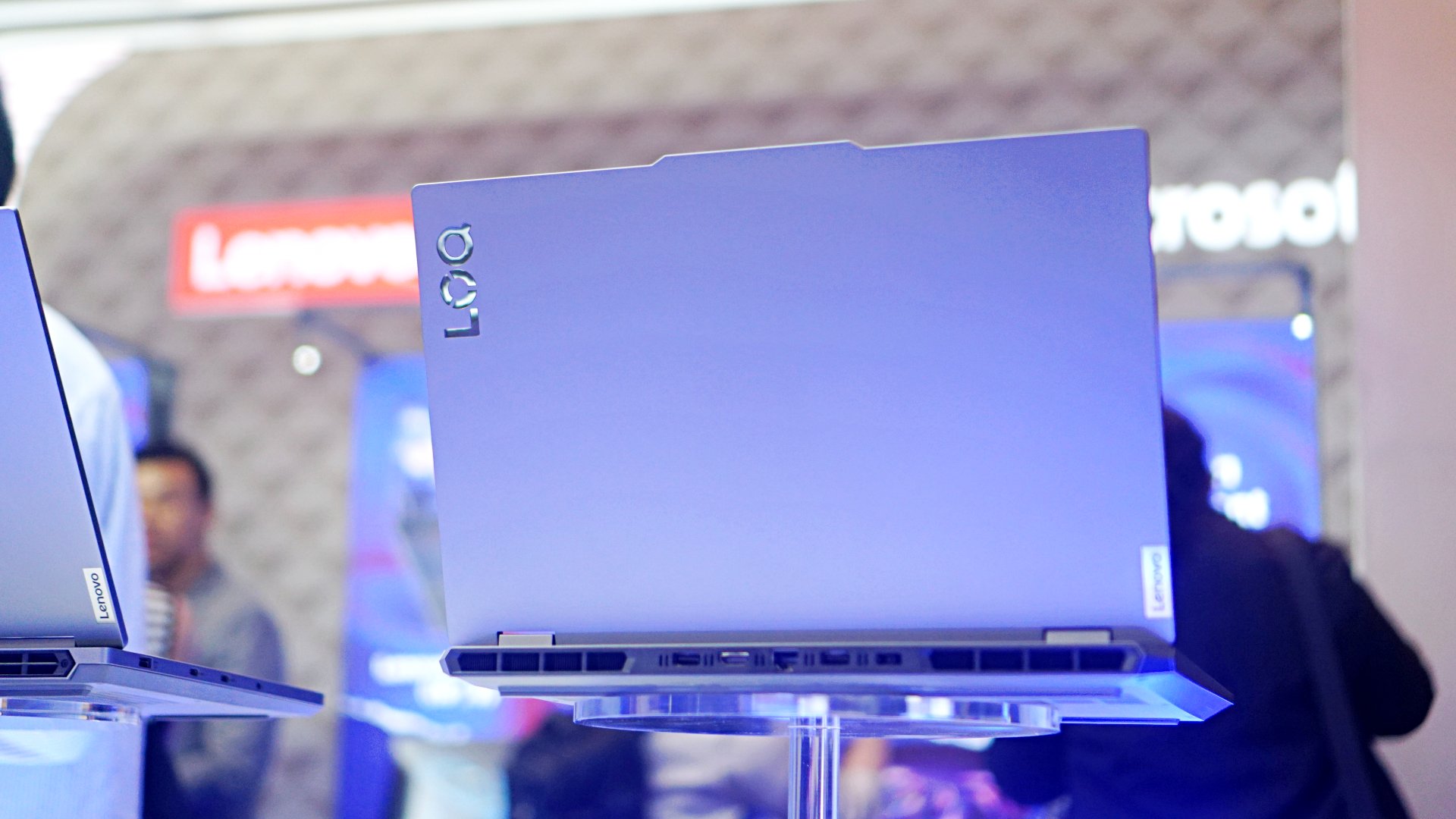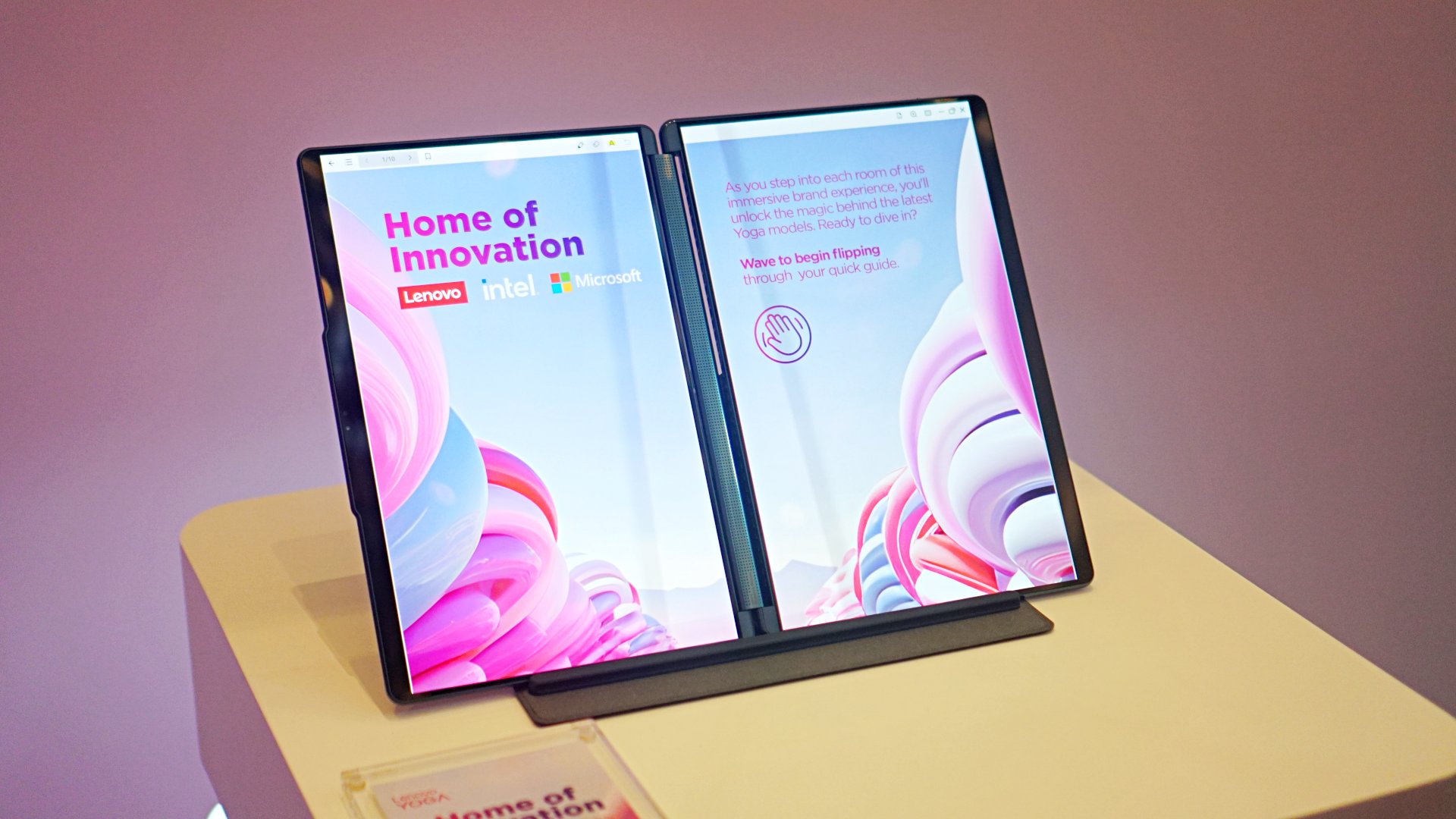

Computers
Cybersecurity threats to lookout for in 2021 and beyond
Threats to intelligent edge computing and 5G-enabled devices will increase
Researchers from Fortinet have identified several cybersecurity threats for 2021 that will greatly impact both the consumer and enterprise sector. By 2021, cybersecurity threats on intelligent edge computing and 5G-enabled devices will double as most companies continue to implement remote working schemes.
A new wave of cybersecurity threats will also arise due to advances in computing. These threats have the potential to disrupt a large number of businesses and consumers in the future. Thus, preparation and eventual mitigation are key to stemming the potential disruption by these threats.
Threats on the intelligent edge are on the rise
Intelligent edge computing is more popular than ever thanks to remote work with most employees making use of personal and interconnected devices to access the company network. However, intelligent edge computing presents new threats as cybercriminals exploit these “edges” (i.e. connected IoTs, personal devices) thanks to a decentralized approach by companies.
These threats can run the gamut from ransomware to malware. As intelligent edge computing booms, cybercriminals can specifically target edge devices with malware that could disrupt corporate networks. They can design malware that could understand usage patterns, adapt accordingly, and attack networks with little to no risk of suspicion. Moreover, sophisticated malware may spread through networks to propagate additional attack commands or disrupt more networks and devices.
Ransomware on the rise
This 2021, consumers and businesses should be more concerned with social engineering-based attacks and ransomware. One of the most common forms of social engineering-based attacks is phishing. In phishing, cybercriminals send fake emails supposedly from legitimate entities coercing users into sending their personal information. For example, a user may receive a fake bank email notice warning of impending account closure but contains malicious links instead.
These attacks may even lock users from their personal data, holding them hostage until they pay a hefty amount of cash. Ransomware attacks do just that, affecting not only consumers but also the enterprise sector. As more businesses rely on edge devices for critical operations, the potential for a future ransomware attack rises significantly posing more risks than ever before.
Human lives are also at stake with ransomware attacks that blow out of control. An example of this happened last year when several hospitals across the US were hit by a variant of the Ryuk ransomware. As a result, several hospitals have to transfer their patients to other facilities since their systems cannot perform patient monitoring and other critical operations.
Advances in crypto mining and attacks on satellite-based networks
Bringing artificial intelligence and machine learning could also open up advances in crypto mining. While not inherently bad, cybercriminals can infect consumer devices more easily and gain access to system resources. When abused, crypto mining could potentially impact any device and affect users’ experience.
Meanwhile, network operators should prepare for more advanced attacks as they become reliant on satellite-based systems. Cybercriminals could infect a satellite base station and propagate malware to connected devices. Satellite-based networks could become a conduit for distributed denial-of-service (DDoS) attacks in this way.
As an example, a cybercriminal could hijack a base station and inject scripts into other devices. In turn, infected devices could run malicious commands that could disrupt the connection of other networks.
Quantum computing, preparing for present and future threats
Quantum computers are the next big thing in computing, relying on qubits instead of the traditional binary bit present in all devices today. Research in quantum computing has made significant progress over the years, with working quantum computers not too far on the horizon.
Quantum computers, however, could also pose a new problem in the future. In the future, these can break traditional encryption algorithms rendering encryption moot. Fortinet advises businesses to adapt accordingly by using the principles of crypto agility.
In the meantime, businesses can readily adapt to these threats through a careful combination of technology, people, training, and partnerships. Artificial intelligence (AI) and machine learning (ML) are also key technologies for preparing against and mitigating future cybersecurity threats. Businesses can train AI to spot attack patterns and identify threats even before they become a reality.
Partnerships are also vital in stemming the tide against cybercriminals. The enterprise sector, for example, could partner with law enforcement agencies for information sharing and dismantling of malicious networks.
Cybersecurity threats are here to stay
Connected devices have transformed society by enabling instant communication and richer user experiences. However, it also opens up new threats from cybercriminals willing to exploit and gather sensitive data.
There’s an old adage that says that an ounce of prevention is worth a pound of cure. The same adage applies all the more in cybersecurity. Threats are here to stay, so consumers and businesses should prepare and mitigate potential impacts as much as possible. Thankfully, it is easy to stay safe and protected by following best practices.

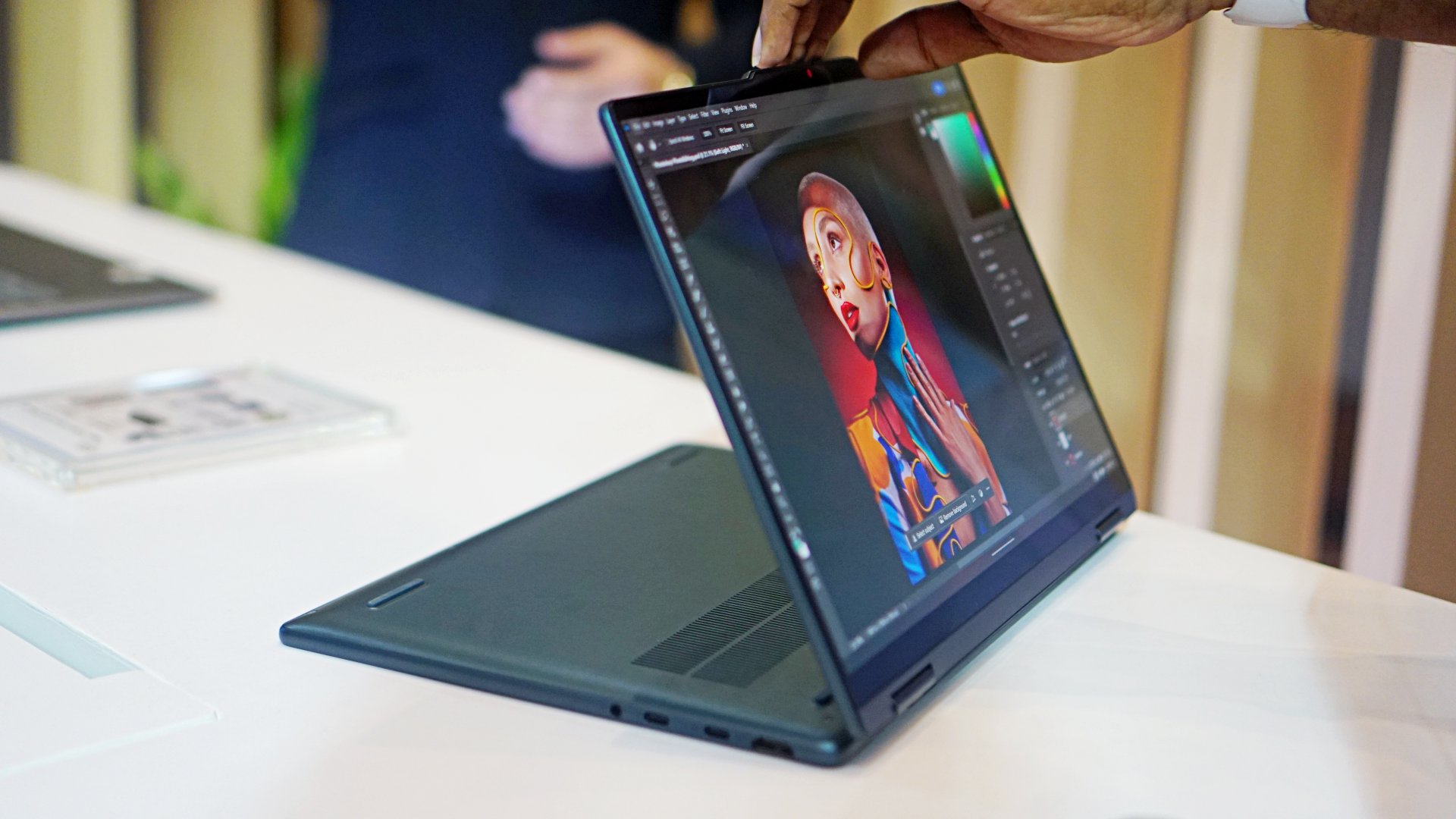
Tech companies continue to harness the power of AI to help provide consumers with better devices that are tailor-fit for today’s demands. Lenovo is no exception. At Lenovo’s Innovate 2024 event, the company gave its consumers a glimpse of its future lineup of Yoga, Legion, and LOQ devices for the Asia-Pacific market.
In a nutshell, Lenovo calls these new devices the new standard in terms of what they can offer. The latest computers are all smarter and come equipped with the latest Intel Core Ultra processors (select models) and Copilot in Windows 11.
So, what’s new?
Basically, Lenovo has added even more innovative features, mostly AI-enabled, for all lineups. These enhancements make them even more exceptional. Lenovo consumers know by now what each specific lineup is exceptional at. For instance, the Lenovo Yoga lineup is mainly engineered to help creators. On the other hand, the Lenovo Legion devices are meant to handle gaming effortlessly, on top of other tasks.
Empowering creators
To set the latest Yoga devices apart, Lenovo has equipped them with PureSight Pro and Puresight OLED displays. These color-calibrated screens deliver greater brightness, contrast, and accuracy that meet the demands of creators for precise visual work — whether it’s graphic design, photo editing, or video production.
The Yoga laptops also have a Copilot key shortcut to assist users right away with the help of AI. Specifically, the Yoga 9i 2-in-1 and Yoga Pro 9i incorporate Lenovo AI Engine+ driven by Lenovo’s LA AI Core chips. This utilizes software machine learning algorithms, leading to a more optimized system performance.
Lastly, the Yoga lineup is enhanced with Lenovo Creator Zone. This generative AI software turns text or sketches into visuals to aid creators. Select Yoga Pro laptops will also support image training, where creators can train a personalized model that learns and creates images that match their preferences.
Advanced gaming performance
On the gaming side, Lenovo’s Legion and LOQ products likewise now harness the capabilities of Lenovo LA AI Core chips. These allow higher FPS and improved power efficiency to handle titles better and provide gamers the top-tier experience.
Furthermore, Lenovo has introduced the Legion Coldfront: Hyper thermal solution exclusively for the Intel-based Legion 7i and Legion 5i. This new cooling system transforms the airflow within the chassis, channeling hot air from the chips to optimize heat exchange.
LOQ laptops, meanwhile, debut the new hyperchamber thermal technology to keep processors cooler. This technology draws out up to an additional 25W power in Extreme Mode, while keeping temperatures lower.
New PCs
Here are the new Lenovo PCs to be introduced to the Asia-Pacific market, for your perusal.
The new Lenovo Yoga lineup includes:
- Lenovo Yoga Book 9i (13-inch, Gen 9)
- Lenovo Yoga Pro 9i (16-inch, Gen 9)
- Lenovo Yoga Pro 7i (14-inch, Gen 9)
- Lenovo Yoga 9i 2-in-1 (14-inch, Gen 9)
- Lenovo Yoga 7i 2-in-1 (14 and 16-inch, Gen 9)
- Lenovo Yoga Pro Bluetooth Mouse, Yoga 600 Bluetooth Silent Mouse, Yoga True Wireless Stereo Earbuds, and Lenovo Yoga Sleeve
Meanwhile, the latest generation Lenovo Legion and LOQ models include:
- Lenovo Legion 7i (16-inch, Gen 9)
- Lenovo Legion 5i (16-inch, Gen 9)
- Lenovo Legion Slim 5 (16-inch, Gen 9)
- Lenovo Legion 9i (16-inch, Gen 9)
- Lenovo Legion Pro 7i (16-inch, Gen 9)
- Lenovo Legion Pro 5i (16-inch, Gen 9)
- Lenovo Legion Tower 7i
- Lenovo Legion Tower 5i
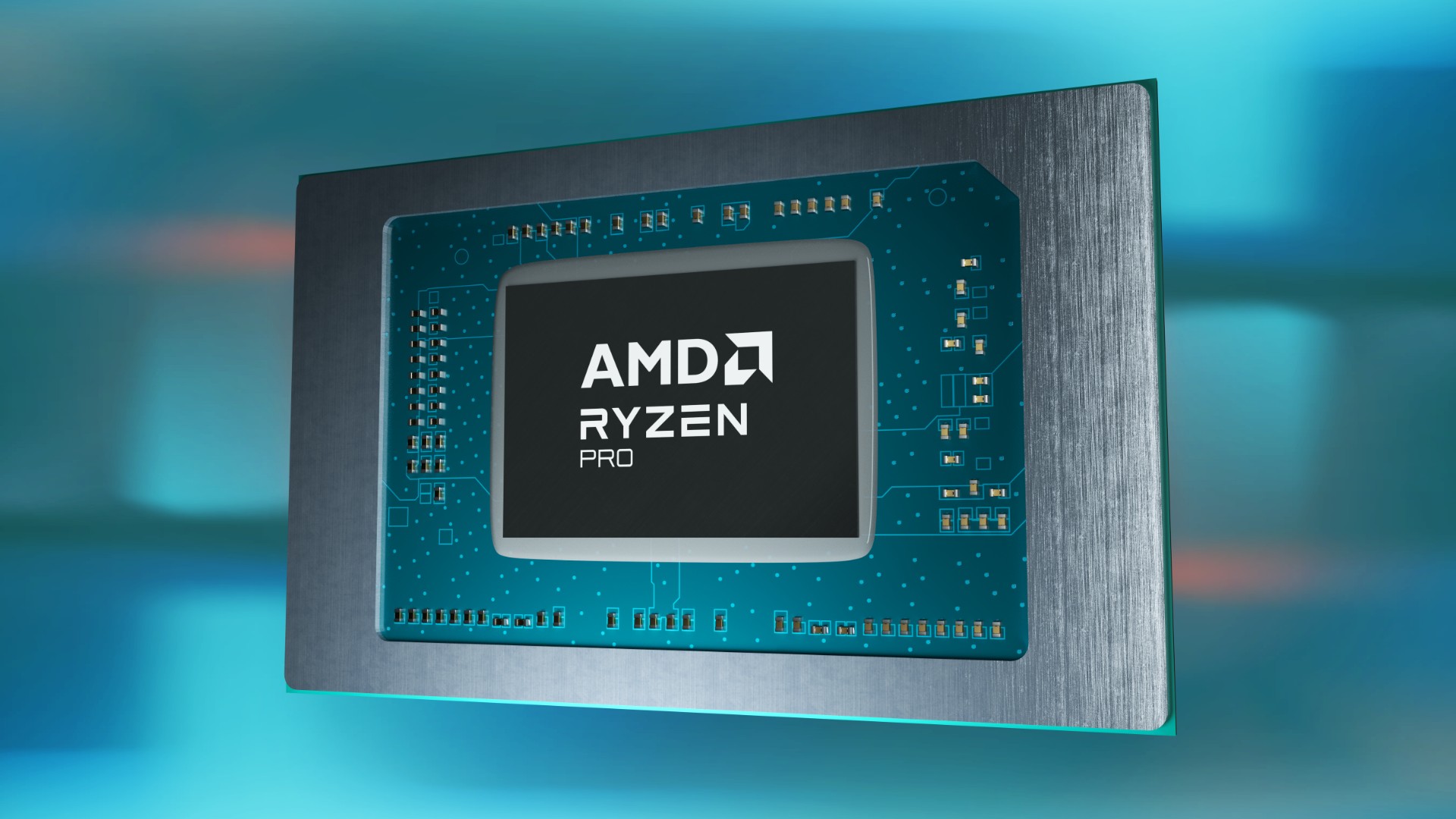
AMD Chair and CEO, Dr. Lisa Su will deliver the opening keynote at the Computex 2024 in Taiwan, the Taiwan External Trade Development Council (TAITRA) announced.
Computex 2024 will be held from June 4 to 7 at the Taipei Nangang Exhibition Center Halls 1 and 2. Dr. Su will have her keynote address a day before the event’s proceedings.
As her company is known for being a leading developer of computer processors and more, she is expected to discuss the next generation of AMD products, breakthrough AI capabilities, and intelligent devices.
Dr. Su recently received the highest semiconductor honor from IEEE: the Robert N. Noyce Medal.
Computex 2024 and the AI era
A leading global technology exhibition, this year’s Computex will fittingly focus on the AI PC era. The event will cover six major themes:
- AI computing
- Advanced Connectivity
- Future Mobility
- Immersive Reality
- Sustainability
- Innovations
Computex 2024 will also feature partners like Acer, ASRock, ASUS, Delta, Gigabyte, G.Skill, Intel, MSI, Pro Gamersware, and more. Furthermore, there will be an InnoVEX exhibit for startups to connect teams from around the world.
The event will be the 24th staging of the mid-year tech show in Taipei.
Computers
ASUS announces 2024 ROG Strix laptops with 14th Gen Intel Core
New lineup includes the Strix SCAR 18
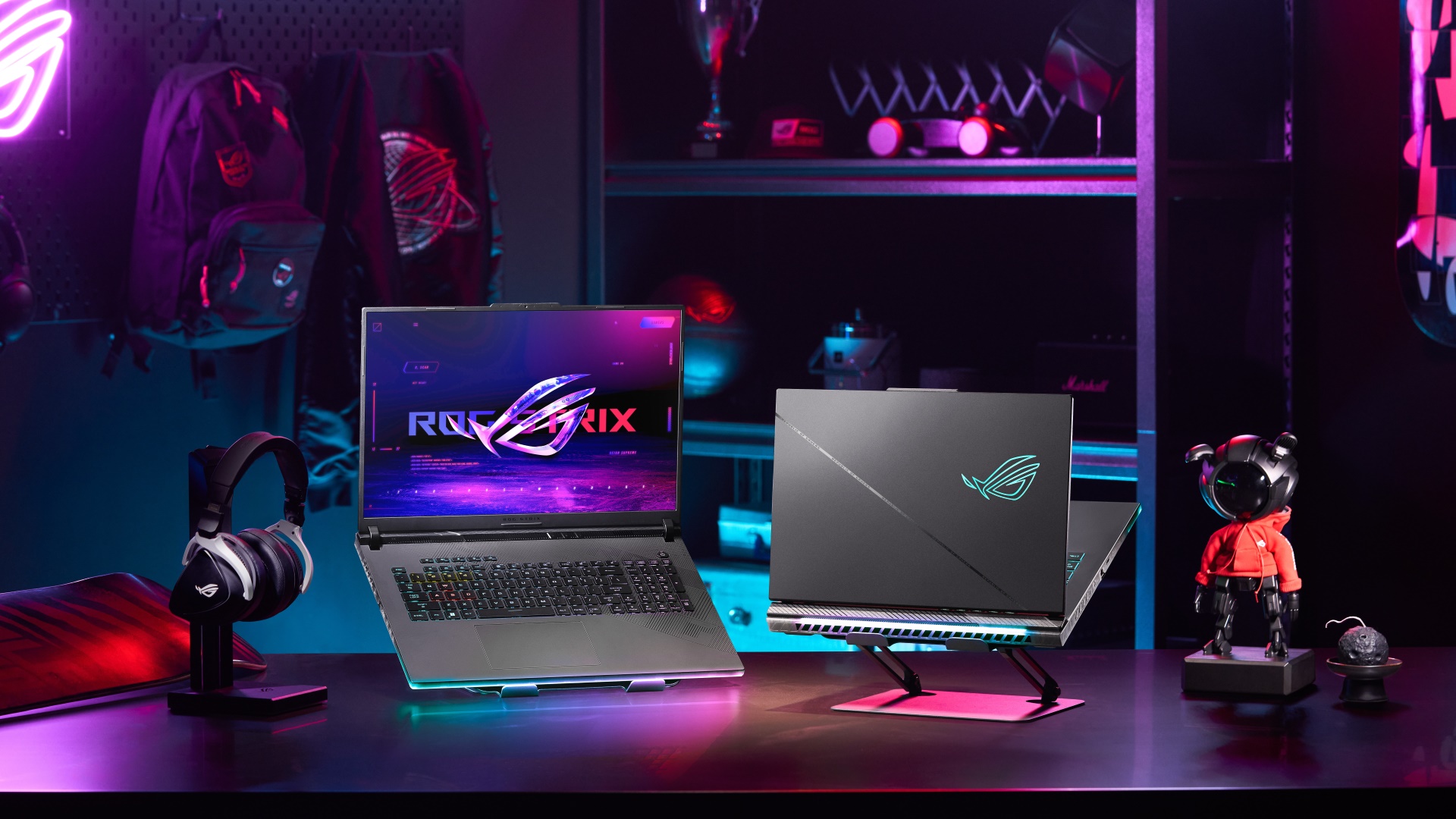
ASUS has officially unveiled the latest ROG Strix SCAR and Strix G laptops powered by 14th Gen Intel Core processors.
The 2024 ROG Strix laptop series includes the Strix SCAR 18, the first 18-inch ROG gaming laptop. It comes equipped with a Mini LED ROG Nebuula HDR display and up to an NVIDIA GeForce RTX 4090 Laptop GPU.
All new ROG Strix models also feature the latest Intel Core i9 14900HX processor. They’re also paired with the latest intelligent cooling improvements, like the Tri-Fan technology and Conductonaut Extreme liquid metal.
Incredibly vivid HDR performance
The series headliner, the Strix SCAR 18 becomes the first ROG laptop with an 18-inch display powered by Mini LED.
It has an exclusive Nebula HDR Display supports HDR content and games. It boasts over 2000 discrete dimming zones and 1,100 nits of peak brightness.
This display is complemented by the ROG Nebula HDR Engine that minimizes blooming and haloing.
Visually stunning displays
Meanwhile, other Strix SCAR laptops feature 2.5K displays with 240Hz refresh rate and 3ms GTG response time.
The screens have a 16:10 aspect ratio and 100% DCI-P3 color space. Furthermore, these panels support Dolby Vision for accurate colors.
Aside from the displays, the SCAR and Strix G have received facelifts, sporting reimagined ROG cyberpunk design elements.
Flagship performance
When it comes to performance, the new ROG Strix laptops all come with the latest Intel Core i9 14900HX processor. This processor can handle heavy rendering projects, as well as AAA game titles.
To make sure usage is seamless, the laptops also have up to 32GB of DDR5 memory and up to 2TB of PCIe Gen 4 storage.
In the graphics department, the Strix SCAR 16 has a GeForce RTX 4080 GPU, while the SCAR 18 offers up to a GeForce RTX 4090 GPU.
These GPUS assure that the new laptops are prepared for even the most intense gamign sessions.
Meanwhile, the Strix G16 comes equipped with up to a GeForce RTX 4060 GPU while the Strix G18 features a GeForce RTX 4070 GPU.
Cooler than cool
Lastly, ROG Strix laptops have improved intelligent cooling systems. Both the Strix SCAR and Strix G models utilizes Tri-Fan techology, a system that uses a third auxiliary fan to increase flow to the motherboard. It also helps reroute excess heat from the GPU towards the heatsink.
Furthermore, the 2024 lineup features a high-performing Conductonaut Extreme liquid metal that reduces temperatures better than traditional thermal pastes.
Price, availability
The ROG Strix SCAR and Strix G laptops are available in the Philippines for the following prices:
- Strix SCAR 18: PhP 299,995
- Strix SCAR 16: PhP 214,995
- Strix G18: PhP 159,995
- Strix G16 (RTX 4060): PhP 114,995
- Strix G16 (RTX 4050): PhP 99,995
The laptops also come with a complimentary warranty package. To purchase, visit ASUS and ROG concept stores or multi-brand stores.
-

 Accessories2 weeks ago
Accessories2 weeks agoApple Vision Pro Review: Two Months Later
-

 Features5 days ago
Features5 days agoFortify your home office or business setup with these devices
-

 Gaming1 week ago
Gaming1 week agoThe Rogue Prince of Persia looks like an ultra-colorful roguelite
-

 Events1 week ago
Events1 week agoStellar Blade: PlayStation taps cosplayers to play Eve for game’s launch
-

 Gaming1 week ago
Gaming1 week agoStar Wars Outlaws release date revealed
-

 Accessories1 week ago
Accessories1 week agoLogitech unveils G Pro X 60 gaming keyboard: Price, details
-

 Philippines2 weeks ago
Philippines2 weeks agovivo Y100 to release in Philippines on April 27
-

 Deals2 weeks ago
Deals2 weeks agoSamsung Awesome April: Deals on Galaxy A series











